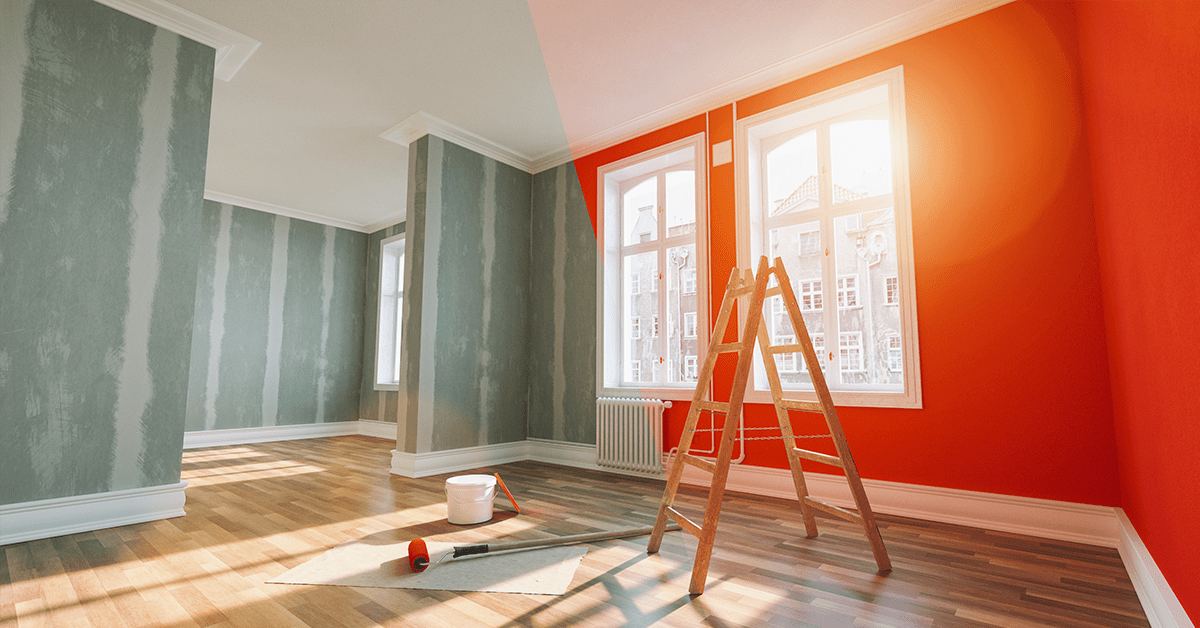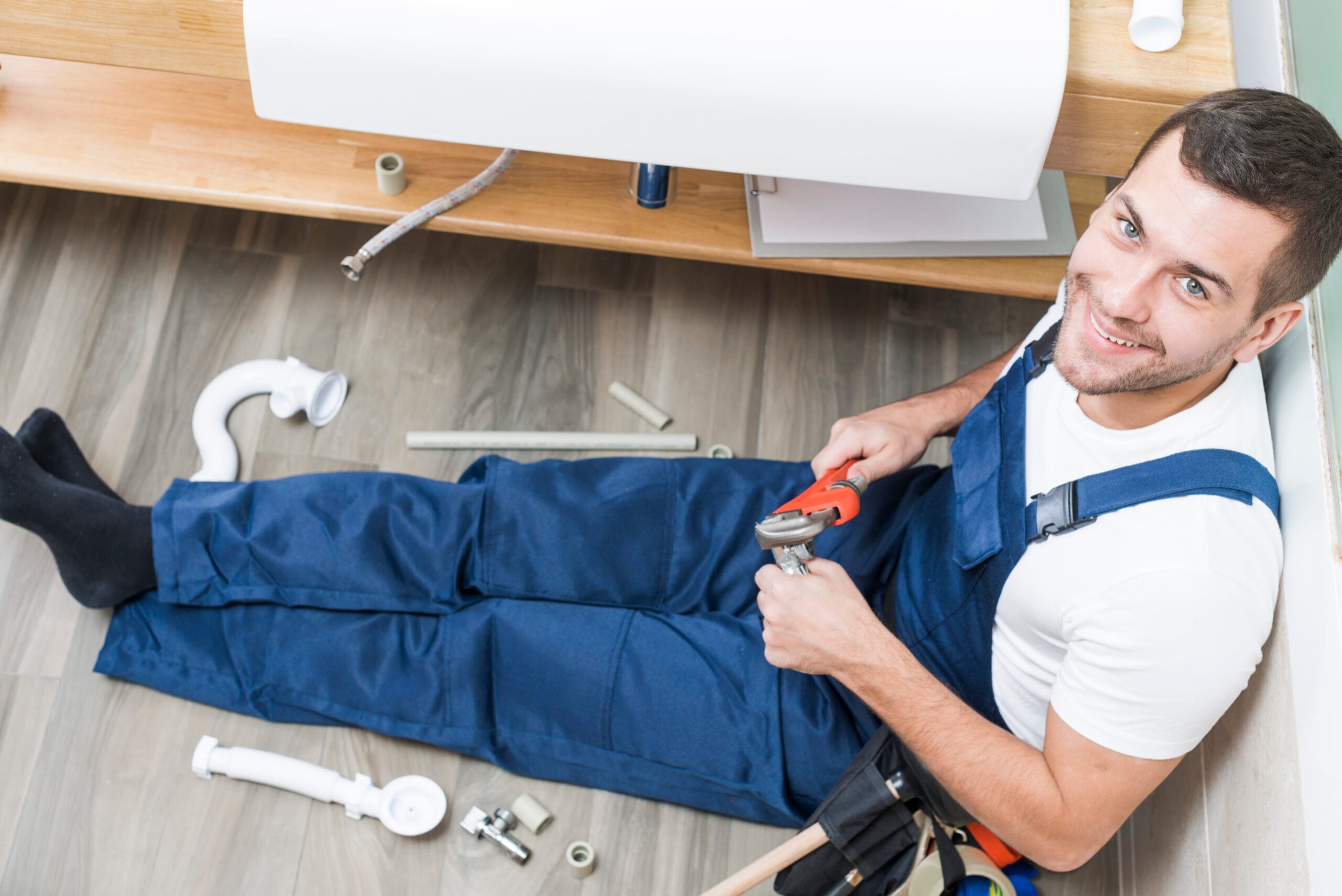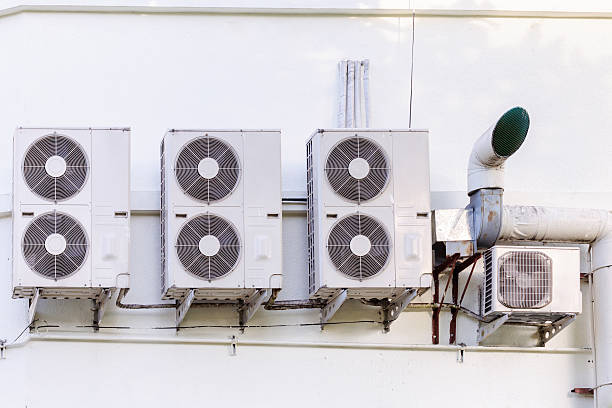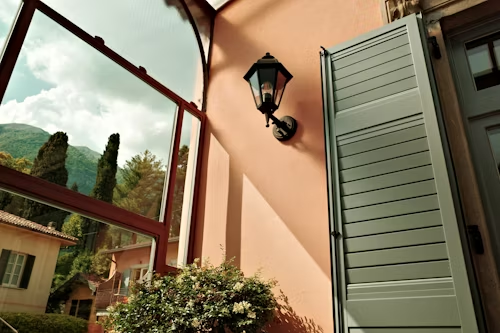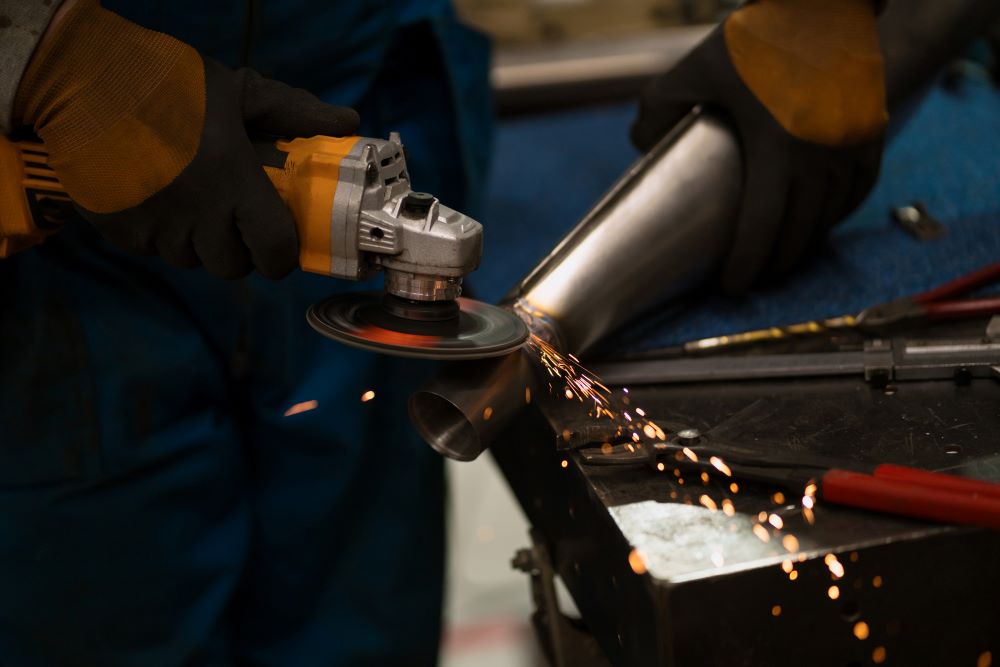Though everyone values home security, even the strongest locks can be subjected to breaking in many various methods, such as lock bumping. If you have not heard of it, a bump key is designed to unlock several kinds of locks, including those regarded as secure. Originally designed for legal use by locksmiths, bump keys have sadly ended up in the wrong hands and are now a favorable method for burglars seeking silent and speedy access to houses. The good news is you can safeguard your home from this technique. Let’s go over six doable actions you can take to guard your house against lock bump keys and deter possible invaders.
1. Upgrade to Bump-Proof Locks
This is the best approach to guard your house against bumpy keys. Although there is no perfect lock, bump-resistant or bump-proof locks are made especially to combat this technique. These locks employ magnetic mechanisms, pin layouts, or electrical technology that prevents key bumping. High-security locks, including those from Medeco, Mul-T-Lock, and Schlage Primus, withstand picking and bumping. Certain models incorporate side pins that interact with a sidebar, therefore augmenting security beyond what conventional bump keys can do. Although upgrading your locks costs money, the peace of mind that comes with knowing your house is far more difficult to access is well worth the minor expense. You should also look into getting smart locks instead. These tools require digital codes, fingerprints, or Bluetooth access instead of conventional pins and tumblers. Since there is no keyhole to take advantage of, these sophisticated systems are immune to bumping and are a great modern solution for home security.
2. Install Security Strike Plates
Installing these helps improve even the most bump-resistant locks in terms of security. strike plate is a metal sheet fastened to the door frame that has space where the bolt can slide into it. Often fragile and easy to compromise, standard striking plates are prone to forceful entry even if the lock resists bumping. To improve security, choose strike plates made to withstand impact and lengthy screws anchored far into the studs of the door frame. With these sheets, anyone will find it much more difficult to kick in your door or push it open following a failed bumping effort. Think about extended strike plates with heavy-duty boxes for maximum protection. High-security models are a great upgrade as they have added metal layers that withstand drilling or other forms of physical assault.

3. Use Keyless Entry Systems
They present a great substitute for conventional locks as they eliminate the need for actual keys. These systems, which contain biometric readers, keypads, and smartphone-operated locks, use codes or biometric data. So there’s no keyhole to use bump keys on. Digital keypads provide not only security, but also convenience. These let you quickly establish and alter codes as necessary. By guaranteeing that only authorized fingerprints unlock the door, these locks provide an even greater level of security. Many smart locks also have a remote access feature, which allows you to lock or unlock your doors from anywhere using a mobile app, therefore exerting total control over your home security. Apart from being a strong deterrent against bump key attacks, keyless entry systems also prevent lock picking and other prevalent means of forced access. These systems are becoming more easily available and user-friendly as technology develops, which makes them a great option for contemporary homeowners trying to strengthen the defenses of their houses. If you’re considering purchasing one of your own, consider contacting an expert locksmith who will recommend the best system for your home and even install it for you.
4. Reinforce Your Doors
The general security of your house depends on the strength of the door itself, even if you have robust locks and safe strike plates installed.A hollow core door can be kicked in or pried open, but a solid core or metal door is far more resistant to forced entrance. Think about using a door strengthening kit to fortify weak places surrounding the door—including the hinges, locks, and frame. These kits usually contain steel plates and lengthy screws meant to improve the door’s resistance against forced entry. Should any attempted break-ins occur, the premium frame-strengthening product helps make the door far more difficult to kick in. Make sure your door is well-fitted. Avoid big gaps around the corners where criminals can lodge in their tools. A fitted door not only enhances security but also increases insulation and lowers air drafts.
5. Add Security Cameras and Lighting
Nothing discourages a would-be burglar quite like the presence of security cameras and well-placed light sources. Having visible security cameras close to access points makes it very evident that your house is under surveillance, which prevents intruders from coming close to these areas. Motion detection, night vision, and live streaming features of contemporary security cameras let you monitor your property in real-time wherever you are. Two-way audio is another useful feature that lets you speak directly with anyone at your door. These tools offer not only more protection but also peace of mind, especially because they let you act fast should something go wrong. Additionally, using motion-activated lights outside your house discourages invaders from getting close to your house.
6. Regularly Rekey Your Locks
Regularly rekeying your current locks is a great alternative if replacing your locks is too big of a hassle. Changing the internal pins of a lock renders old keys useless. If you’re moving into a new home or have lost a key, rekeying the lock is a great way to control who has access to your house. A skilled locksmith can do this step for a fair price. Additionally, it’s less expensive than replacing the whole lock. Although it won’t absolutely make your locks bump-proof, this procedure enhances the internal mechanics of your current locks and adds an additional layer of security to your property. If you decide to rekey, ensure you ask for other security improvements, like bump-resistant pins, to help guard against this particular hazard. Regular rekeying is a basic but powerful practice that greatly elevates the security of your house and helps you stay one step ahead of possible intruders.
Conclusion
Guarding your house against a lock bump key calls for both sensible security precautions and creative enhancements. Investing in bump-proof locks, strengthening your doors, and thinking about current keyless systems helps you greatly reduce the chances of potential break-ins. Adding security cameras, motion lighting, and routinely rekeying your locks also strengthens your defences even more so that your house stays a safe place for you and your family. By using these strategies, you can relax in your house without worrying about the dangers of lock bumping.







